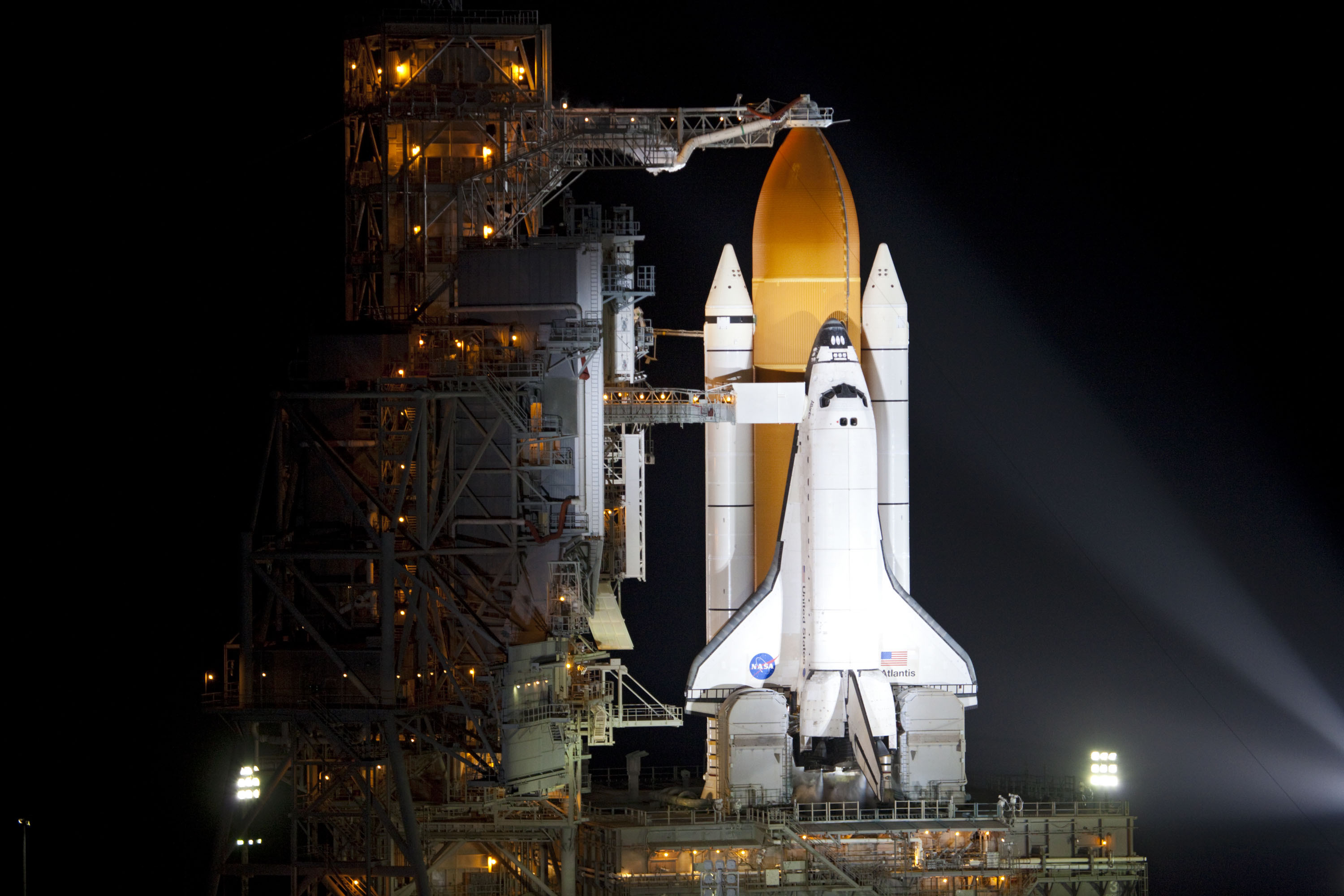
Krikalev, a former cosmonaut who was the first to launch on a U.S. Russia wants to build its own station in orbit later this decade, but he said that will take time and until it’s ready, it makes sense to keep working with NASA. In the meantime, Russia remains committed to the space station through at least 2024, Russia space official Sergei Krikalev assured reporters after liftoff.

NASA Administrator Bill Nelson said the key reason for the seat exchange is safety - in case an emergency forces one capsule’s crew home, there would still be an American and Russian on board. The barter was authorized even as global hostilities mounted over Russia’s invasion of Ukraine in late February. and Russian presence aboard the 260-mile-high (420-kilometer-high) outpost. The space agencies agreed over the summer to swap seats on their flights in order to ensure a continuous U.S. Kikina is the Russian Space Agency’s exchange for NASA’s Frank Rubio, who launched to the space station two weeks ago from Kazakhstan aboard a Soyuz rocket.

“I hope with this launch we will brighten up the skies over Florida a little bit for everyone,” Wakata said before the flight. The weather was ideal as the Falcon rocket blasted into a brilliant noontime sky. Their SpaceX flight was delayed by Hurricane Ian, which devastated parts of the state last week. Photo: ASSOCIATED PRESS/John Raoux Previous Next 5, 2022, for a mission to the International Space Station. I kind-of hoped to find an implausibly long or short distance.A SpaceX Falcon 9 rocket carrying a Crew Dragon capsule lifts off from Pad 39A at the Kennedy Space Center at the Kennedy Space Center in Cape Canaveral, Fla., Wednesday, Oct. I guess this is somewhat plausible when compared with the description of the genuine images: "prior to STS-130 rendezvous and docking operations with the International Space Station", though it seems quite far away and would require a telescope. Because the apparent size of the moon is approximately 0.5 degrees when camera is anywhere close to earth, we can calculate that the orbiter is $49/251 \cdot 0.5 \approx 0.098 \,\mathrm$. I measured the length of the orbiter as 49 pixels and the diameter of moon as 251 pixels in the image. Some further information on the manipulation or possible genuine situation can be had by analyzing the perspective in the image. 9 2010 the phase was somewhat different (taken from the Heavens Above) Even if some unknown photo of this sequence has captured the moon it seems that for Feb. There are three photos taken laterīut you can see that nowhere you can see stars and moon. There's no moon or stars in the original. However compared to the actual photo it looks modified. In a very unique setting over Earth's colorful horizon, the silhouette of the space shuttle Endeavour is featured in this photo by an Expedition 22 crew member on board the International Space Station, as the shuttle approached for its docking on Feb. In some frames the black color is part of a window frame rather than the blackness of space. This orange layer gives way to the whitish Stratosphere and then into the Mesosphere. The orange layer is the troposphere, where all of the weather and clouds which we typically watch and experience are generated and contained. The orbital outpost was at 46.9 south latitude and 80.5 west longitude, over the South Pacific Ocean off the coast of southern Chile with an altitude of 183 nautical miles when the image was recorded. The image was photographed by an Expedition 22 crew member prior to STS-130 rendezvous and docking operations with the International Space Station.

Nasa space shuttle photo series#
Though astronauts and cosmonauts often encounter striking scenes of Earth's limb, this very unique image, part of a series over Earth's colorful horizon, has the added feature of a silhouette of the space shuttle Endeavour. This image is very similar to the following image


 0 kommentar(er)
0 kommentar(er)
